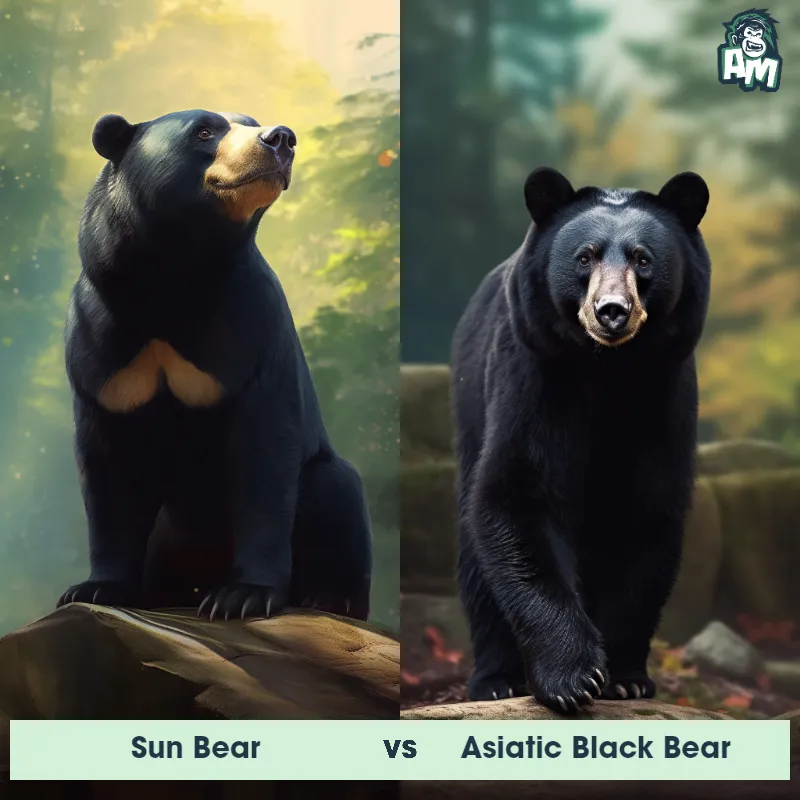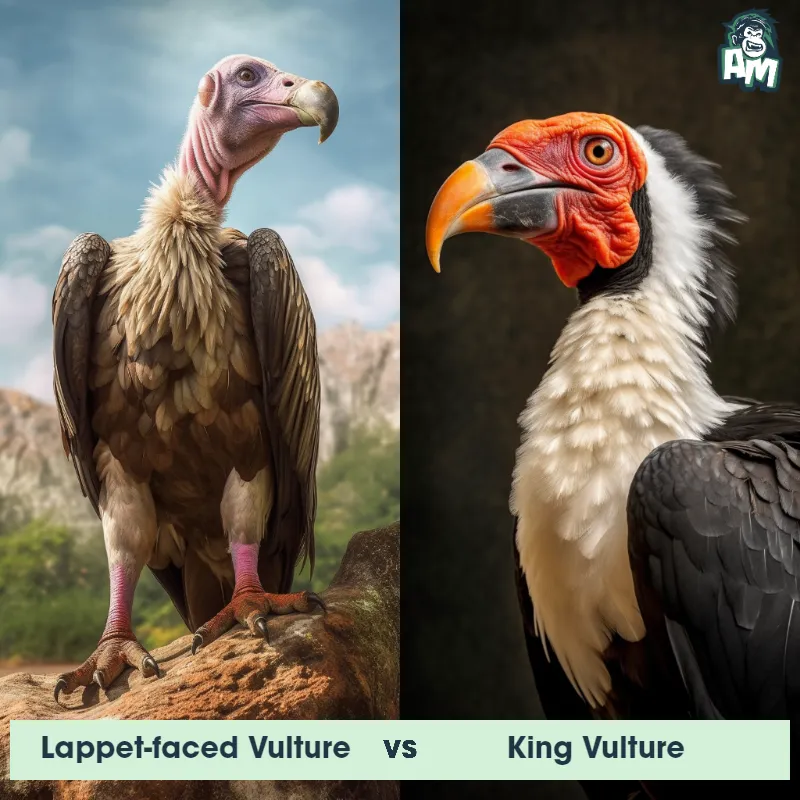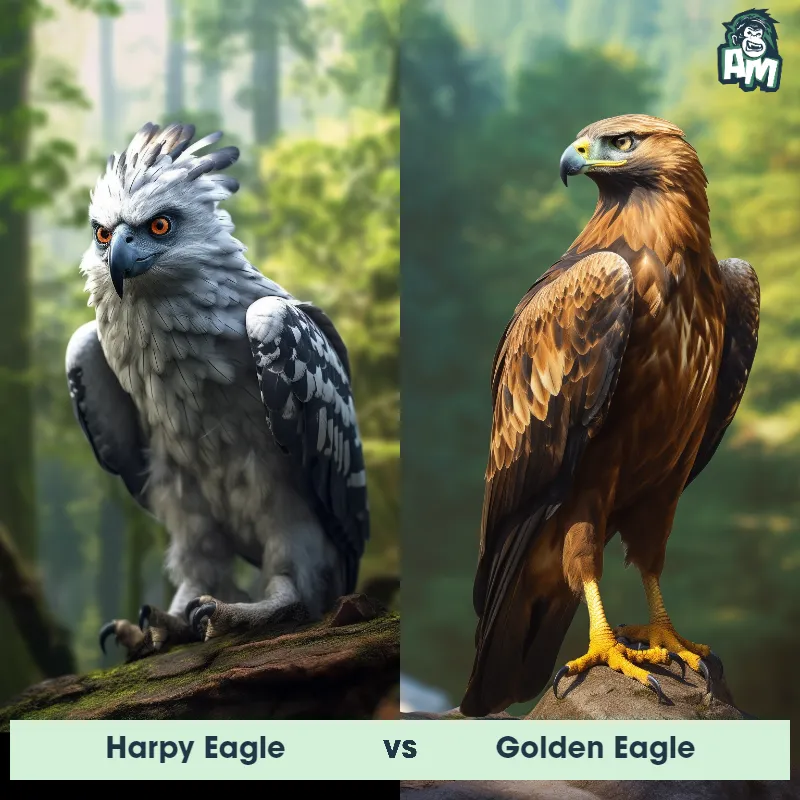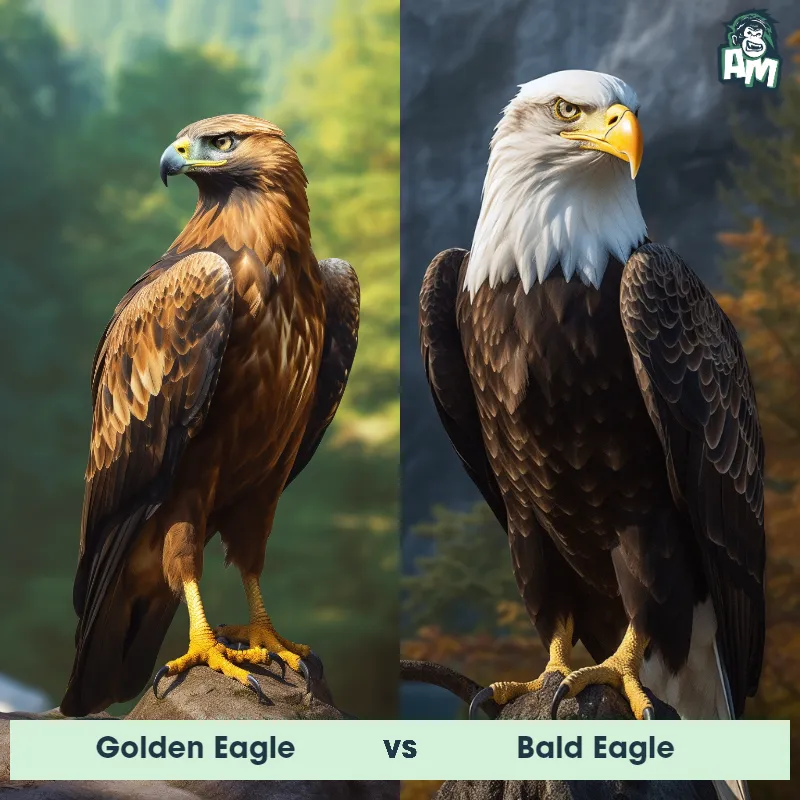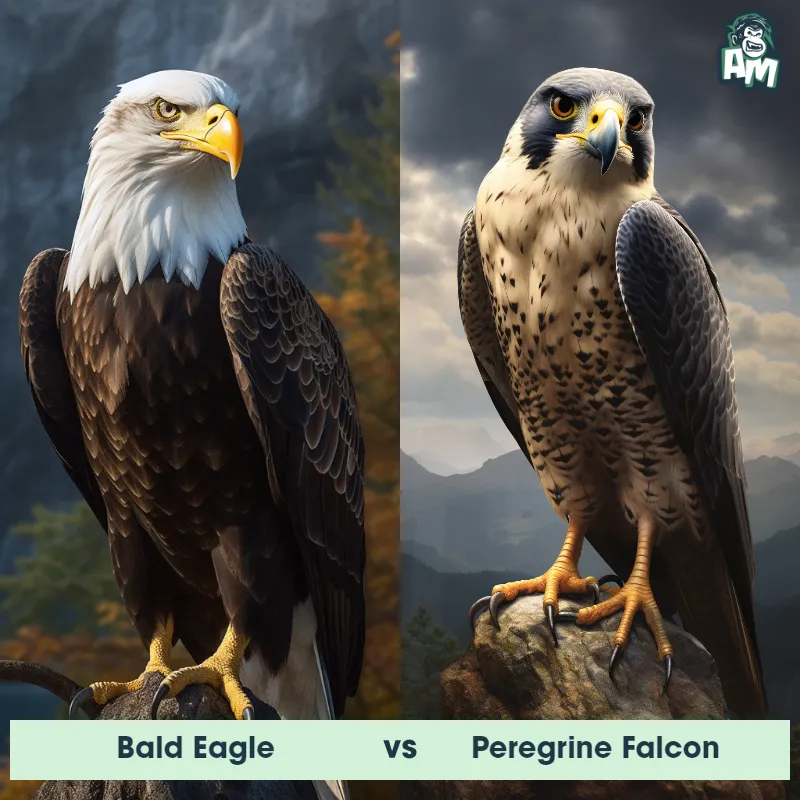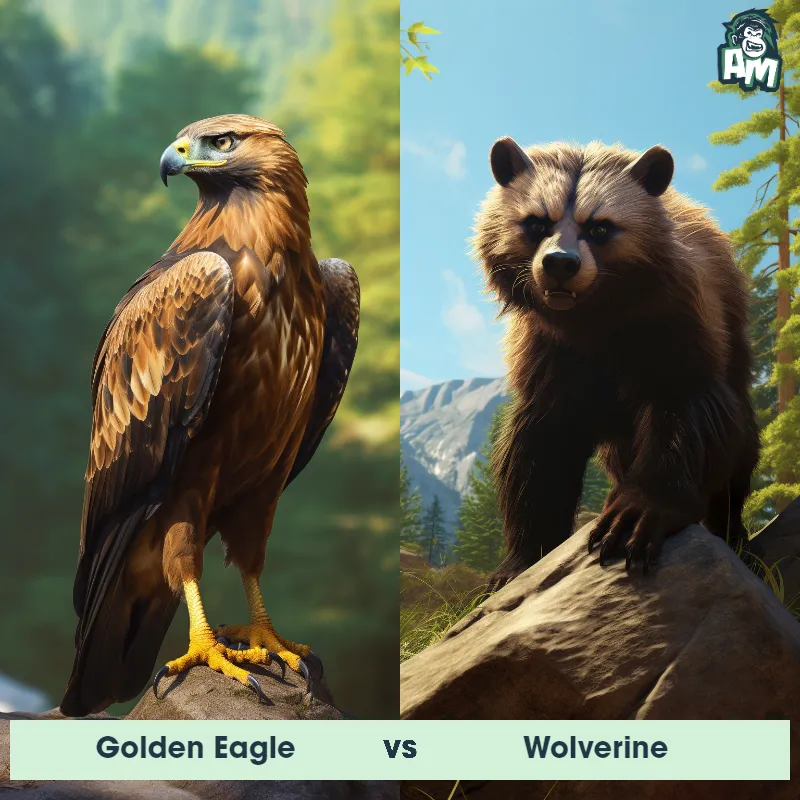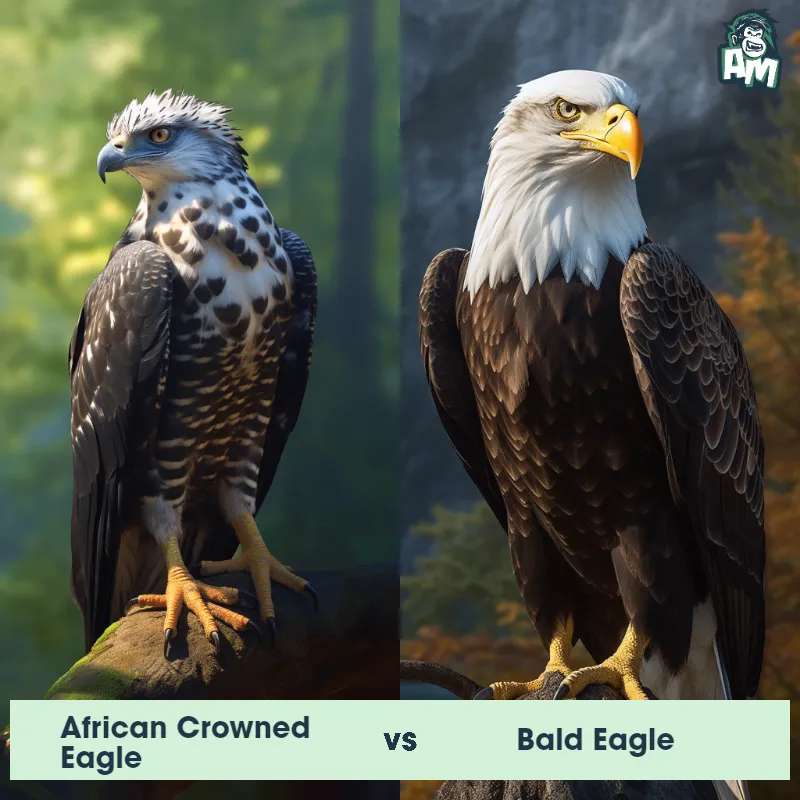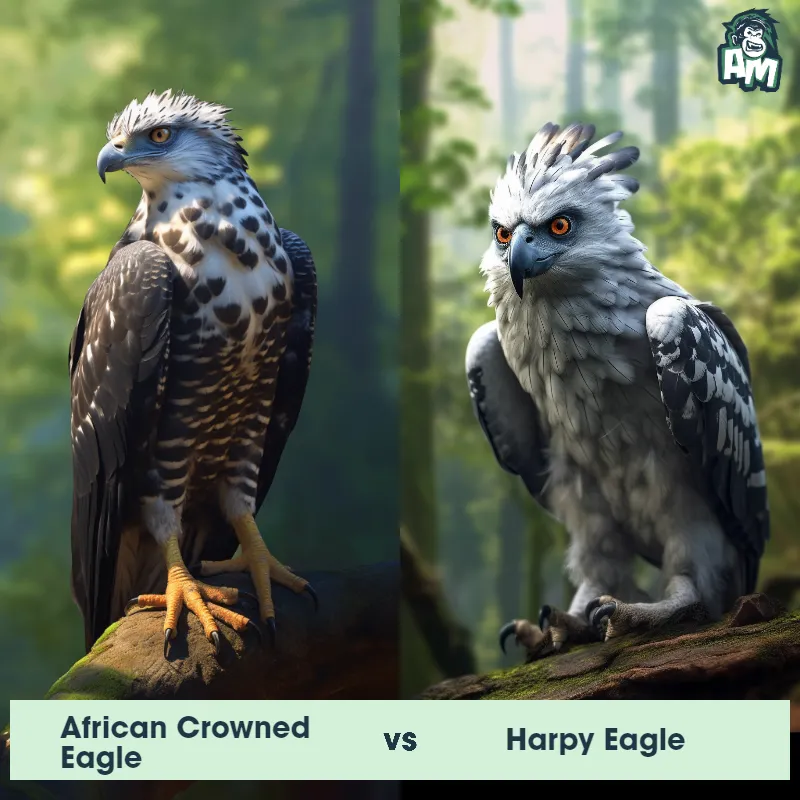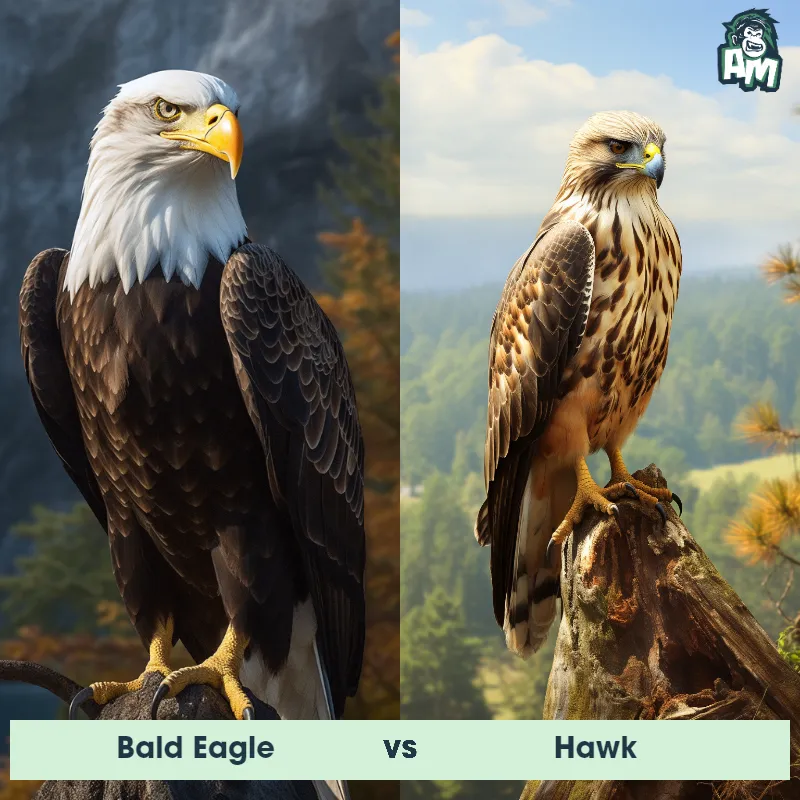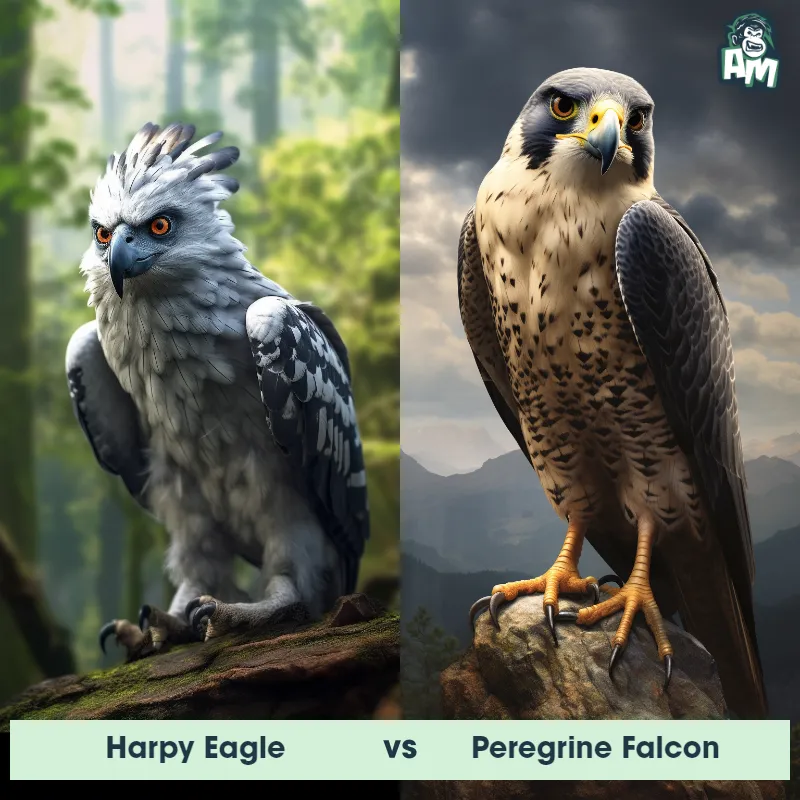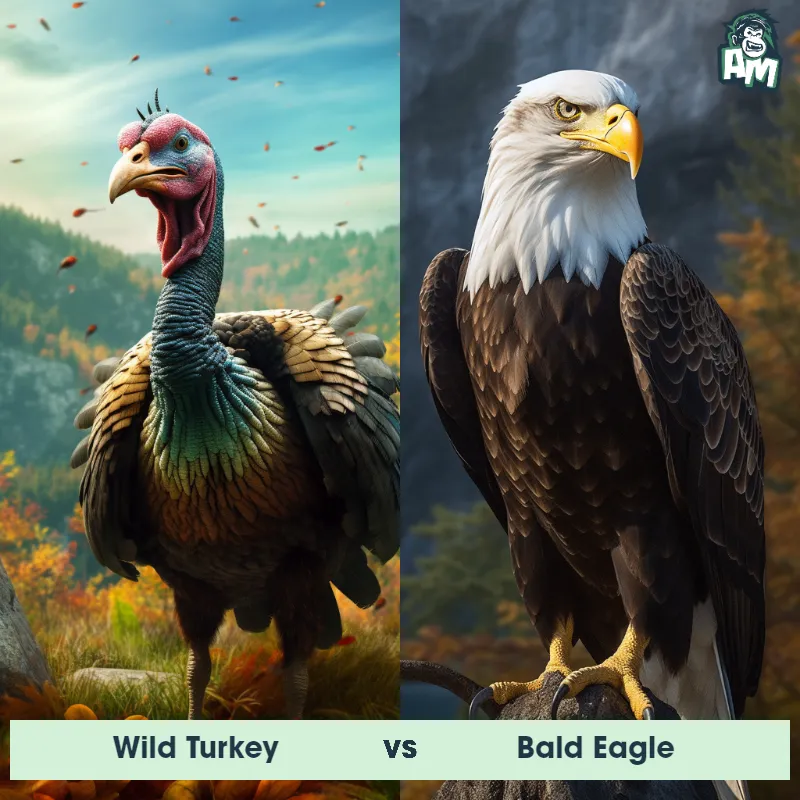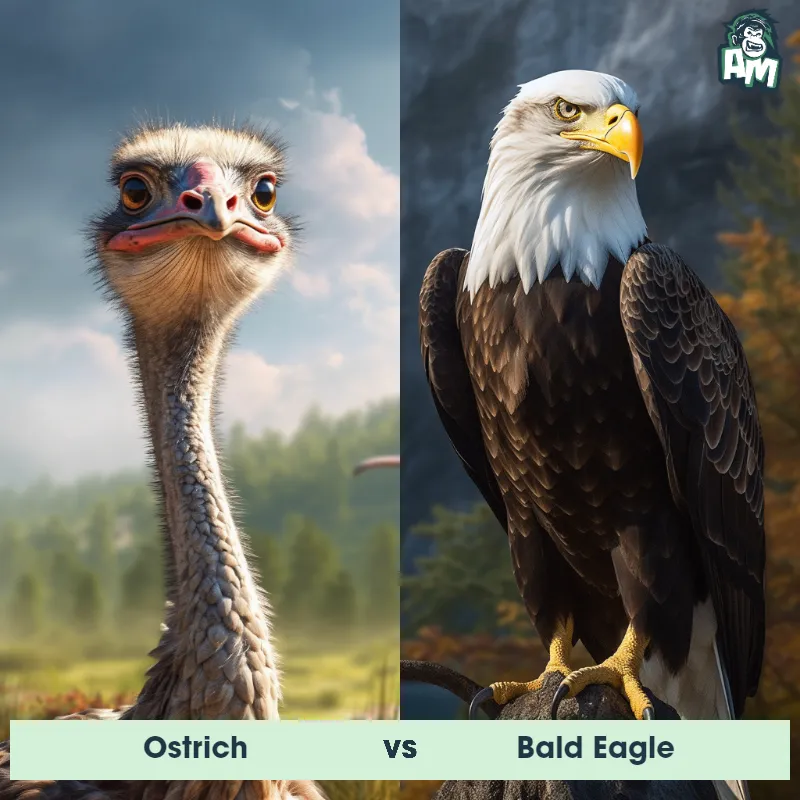Bald Eagle vs California CondorSee Who Wins

Ladies and gentlemen, welcome to this thrilling matchup between the Bald Eagle and the California Condor! We've got a battle of the birds here today, and I can already feel the excitement in the air. Both these magnificent creatures are known for their strength and agility, so this promises to be an intense fight. The stage is set, the birds are ready, let's get this showdown started!
Contender 1: Bald Eagle
The Bald Eagle, also known as the American Eagle, is a bird of prey found in North America. It is known for its white head and tail feathers, dark brown body, and sharp talons. Bald Eagles have a wingspan of up to 7 feet and can weigh up to 14 pounds. They are known for their impressive hunting skills and can dive at speeds of up to 100 miles per hour to catch their prey.
Fun Fact: Bald Eagles are known for their impressive eyesight, which is four times better than that of a human. They can spot their prey from up to two miles away!
Contender 2: California Condor
The California Condor is a majestic bird and one of the largest flying birds in North America. With a wingspan of up to 9.8 feet, they are easily recognizable by their massive size. These scavengers have glossy black feathers, a bare head, and neck and a wrinkled, tent-like appearance to their wings when perched. They have bald heads to prevent bacteria from accumulating while feeding on carrion. California Condors are known for their remarkable soaring abilities and elegant flight patterns.
![[object Object] Gif](https://tenor.com/view/condor-vulture-bird-animals-animal-gif-24608656.gif)
Fun Fact: The California Condor has a unique adaptation in their digestive system - they have a specialized enzyme that allows them to digest bone marrow, unlike other birds.
Matchup Stats
| Bald Eagle | California Condor | |
|---|---|---|
| Size | Up to 3 feet (91 cm) in height and 7 feet (213 cm) in wingspan. Metric: Up to 91 cm in height and 213 cm in wingspan | Up to 4.5 feet (1.4 meters) in height, wingspan up to 9.8 feet (3 meters) |
| Weight | Up to 14 pounds (6.4 kg). Metric: Up to 6.4 kg | 18-31 pounds (8-14 kilograms) |
| Speed | Speed: 120 mph (193 km/hr) | 55 mph (89 km/h) |
| Key Strength | Sharp talons and powerful beak | Powerful beak and talons |
| Biggest Weakness | Vulnerable to larger predators such as bears and cougars | Relatively slow and vulnerable to attacks from other predators |
Current Votes
Bald Eagle vs California Condor
See Who Wins
View More Matches
Looking For More?
Similar Matches
Scientific Stats
| Bald Eagle | California Condor | |
|---|---|---|
| Scientific Name | Haliaeetus leucocephalus | Gymnogyps californianus |
| Family | Accipitridae | Cathartidae |
| Habitat | Near water bodies such as lakes, rivers, and coasts | Mountainous regions and coastal cliffs |
| Geography | North America | Western United States, primarily California |
| Diet | Fish, small mammals, and birds | Carrion (dead animals) |
| Lifespan | 20 years - 30 years | 50 years - 60 years |
Key Differences between Bald Eagle and California Condor
- Head Shape: The Bald Eagle possesses a distinctive white-feathered head with a hooked yellow beak, contrasting with the California Condor's bald head, covered in wrinkled, pinkish-orange skin.
- Coloration: While both birds have predominantly dark feathers, the Bald Eagle's head and tail are unmistakably white, while the California Condor has a mostly black body and wings.
- Size: The Bald Eagle is noticeably larger than the California Condor, with an average wingspan of 6 to 8 feet compared to the condor's average wingspan of approximately 9 to 10 feet.
- Flight Pattern: Bald Eagles are known for their agile flight, typically flapping and soaring, whereas California Condors have a more majestic and deliberate flight pattern with broad wingbeats.
- Habitat: Bald Eagles tend to inhabit coastal areas and lakeshores, as well as rivers and the surrounding forests, while California Condors primarily inhabit rugged mountainous regions and canyons.
- Conservation Status: The Bald Eagle has made a remarkable recovery from endangerment and is now classified as a species of least concern, while the California Condor remains critically endangered and continues to rely on conservation efforts for survival.









